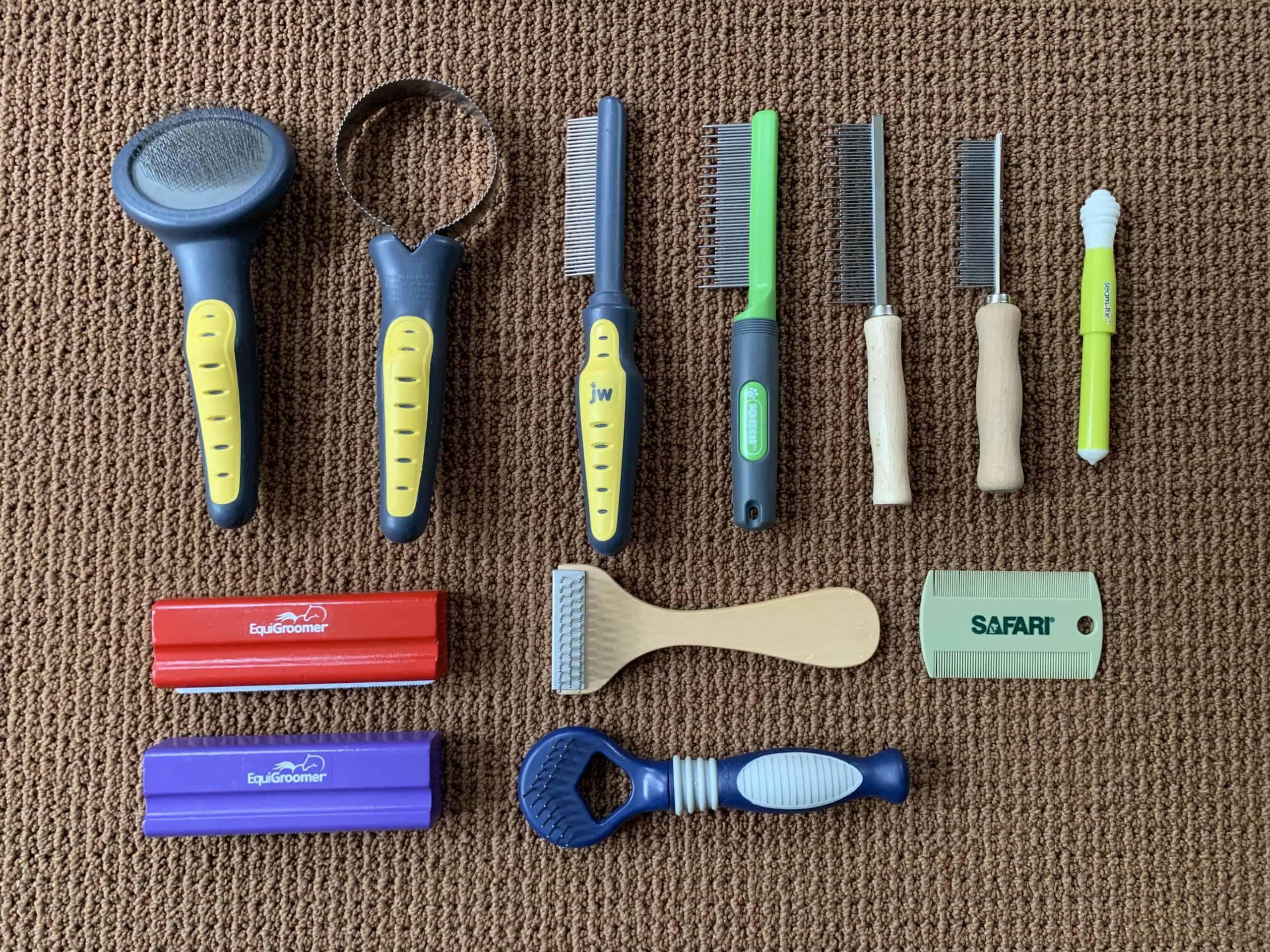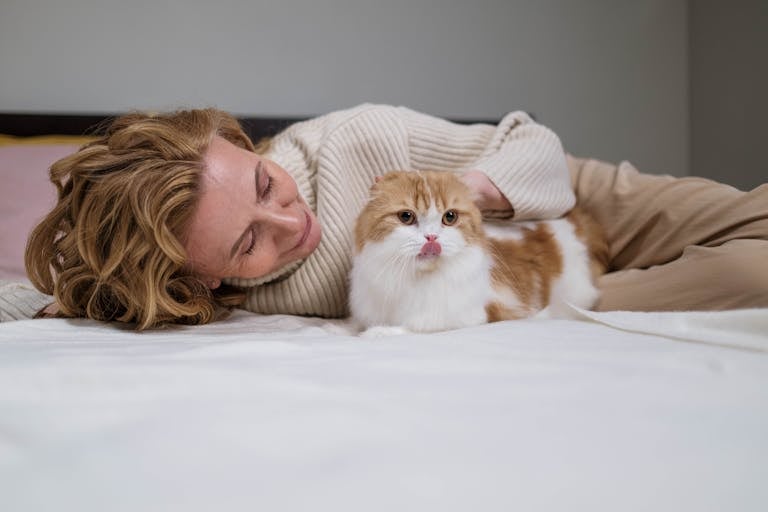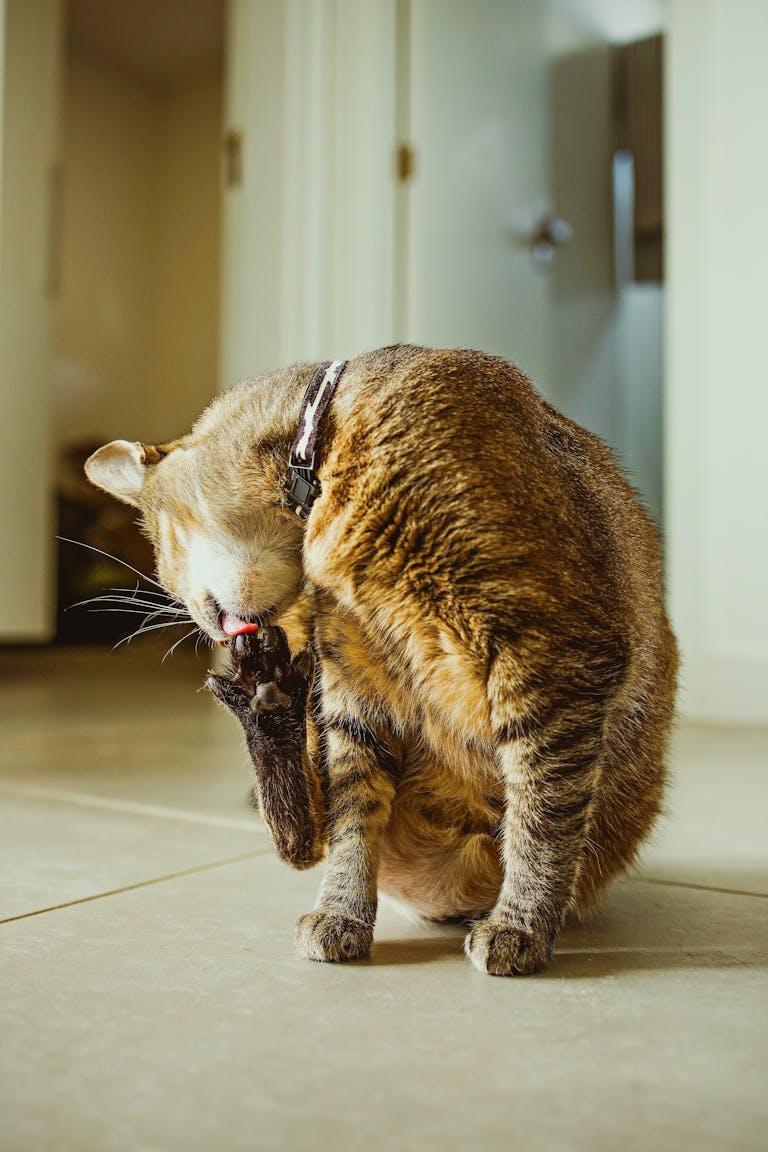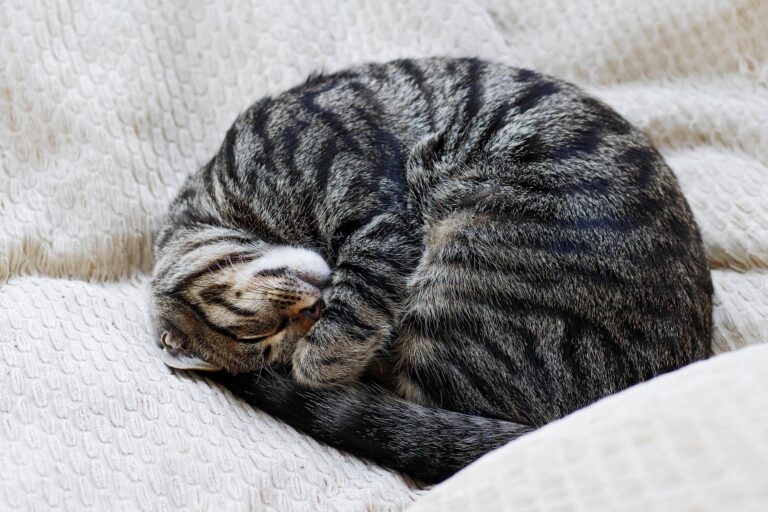Top Grooming Tools Every Cat Owner Should Have

Top Grooming Tools Every Cat Owner Should Have
If you’re anything like me, your cat isn’t just a pet — they’re family. And like any family member, they deserve a little extra love and care. Grooming is one of those special moments that not only keeps your furry friend looking and feeling great but also helps strengthen that bond between you two. But with all the different brushes, combs, and gadgets out there, it can get pretty overwhelming figuring out what you actually need. Don’t worry — I’ve got you covered!
Why This Topic Matters
Grooming isn’t just about keeping your cat’s coat shiny and beautiful (though, let’s admit it, that’s a nice bonus). It’s a critical part of their overall health. Regular grooming helps prevent mats and tangles, reduces shedding, and can even stop those pesky hairballs from taking over your furniture. Plus, while grooming, you get a chance to check for any lumps, bumps, or skin issues that might need a vet’s attention.
And here’s the thing: cats are generally pretty good at grooming themselves, but sometimes they miss spots or can’t reach certain areas. Older cats or those with long hair especially benefit from a little human help. Having the right tools on hand makes the whole grooming experience easier, more enjoyable for your cat, and less stressful for you.
Tips for Successful Cat Grooming
1. Start Slow and Steady
If your cat is new to grooming or doesn’t love it just yet, take your time. Let them sniff the tools, use gentle strokes, and keep sessions short at first. Patience is key!
2. Create a Calm Environment
Choose a quiet spot, maybe with some soft music or your cat’s favorite blanket. This can help reduce nervousness.
3. Be Consistent
Routine is comforting for cats. Try to groom them on a regular schedule, whether it’s a few minutes a day or a longer session once a week.
4. Use the Right Tools for Their Coat Type
Different cats, different coats. A sleek short-haired tabby needs different grooming gear than a fluffy Persian. Matching tools to your cat’s hair type makes a huge difference.
Common Mistakes to Avoid
- Using the Wrong Brush or Comb: A slicker brush might be perfect for long-haired breeds but can irritate a short-haired cat’s skin if used incorrectly.
- Brushing Too Aggressively: Cats have sensitive skin. Scrubbing too hard can hurt them and make them afraid of future grooming.
- Skipping Grooming Sessions: Irregular grooming can lead to mats, hairballs, and discomfort for your cat.
- Ignoring Signs of Stress: If your kitty is hissing, clawing, or hiding after grooming starts, it’s time to pause and reassess your approach.
Helpful Tools Every Cat Owner Should Have
After years of trial and error, I’ve found a few grooming tools that every cat owner should keep handy. These tools make grooming a breeze and help keep your cat’s coat looking fabulous.
1. Slicker Brush
This is a must-have for almost every cat out there but especially for those with medium to long hair. A slicker brush has fine, short wires close together and is great for removing loose fur, untangling mats, and keeping skin healthy.
2. Fine-Toothed Comb
A comb with tight teeth is perfect for spotting and gently removing tangles, especially around sensitive areas like behind the ears or under the legs.
3. Deshedding Tool
If your house looks like a cat exploded with fur, this tool can be a lifesaver. It targets the undercoat, pulling out loose fur that would otherwise end up on your clothes and furniture.
4. Nail Clippers Designed for Cats
Keeping those claws in check is part of good grooming. Look for clippers that fit comfortably in hand and have a safety guard to avoid cutting too deep.
5. Grooming Gloves
If your cat isn’t a fan of traditional brushes, grooming gloves might be your secret weapon. They let you pet your cat while gently removing loose fur, making grooming feel more like playtime.
Recommended Product to Get You Started
If you want a reliable, all-around grooming brush, I highly recommend the FurEase Slicker Brush. It’s gentle, effective, and easy to clean — perfect for everyday use.
Step-by-Step Grooming Routine
- Prepare Your Supplies: Gather your brushes, comb, nail clippers, and a towel or blanket to keep your cat comfortable.
- Start With a Gentle Brush: Use the slicker brush or grooming gloves to remove loose fur and get your cat used to the sensation.
- Tackle Tangles Carefully: Use the fine-toothed comb to gently work through any knots, taking your time to avoid pulling.
- Trim Nails if Needed: After grooming feels relaxed, carefully clip your cat’s nails. Only snip the sharp tips and avoid the quick (the pink area).
- Check Ears and Eyes: Use a soft, damp cloth to wipe away any debris gently.
- Reward Your Cat: Don’t forget lots of treats and affection for their patience.
Bonus Section: FAQs
How often should I groom my cat? For long-haired cats, daily brushing is best to prevent mats. Short-haired cats can usually get by with brushing once or twice a week.
My cat hates nail trims. Any tips? Try trimming nails after a grooming session when your cat is relaxed. Use treats to create positive associations and only trim a few nails at a time if needed.
Can grooming help with shedding? Absolutely! Regular grooming reduces shedding by removing loose fur before it falls out around the house.
Final Thoughts
Grooming your cat doesn’t have to be a chore — in fact, it can become a peaceful ritual you both look forward to. By investing in the right tools and being patient and gentle, you’re not just helping your cat look great; you’re supporting their health and strengthening your connection. Remember, every cat is unique, so take your time to find what works best for your furry friend. Happy grooming!







